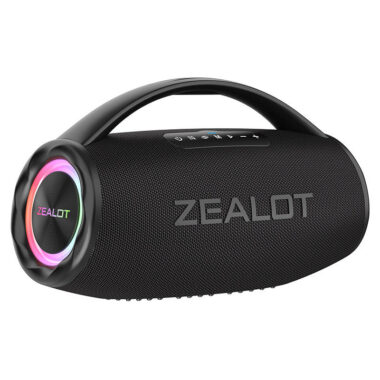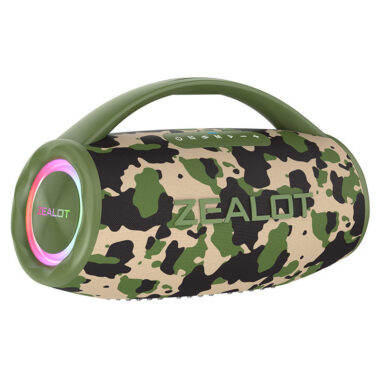🔈 OEM vs ODM Bluetooth Speakers: What’s the Difference
In the world of Bluetooth speaker manufacturing, two terms often define how your product comes to life — OEM (Original Equipment Manufacturer) and ODM (Original Design Manufacturer). Both offer ways to create your own branded speakers, but they differ in flexibility, ownership, and cost. Understanding these differences will help you choose the right model for your business goals.
🧩 1. What Is an OEM Bluetooth Speaker?
OEM means you provide the design, specifications, and features, and the factory produces the product exactly according to your requirements.
In this model, the Bluetooth speaker manufacturer focuses on execution — sourcing materials, molding, assembling, and testing — while your team controls the product concept, brand identity, and intellectual property.
🧱 2. What Is an ODM Bluetooth Speaker?
ODM means the factory already has ready-made designs or prototypes. You can select an existing model, make small modifications such as logo, color, or packaging, and then sell it under your brand.
This model is faster and more cost-effective, ideal for brands entering the market or testing new designs without heavy R&D investment.
🧭 3. Key Difference Between OEM and ODM
The biggest difference lies in ownership and customization depth.
With OEM, you fully own the design and can control every technical aspect, from acoustic tuning to software programming.
With ODM, you rely on the factory’s existing designs but benefit from shorter lead times and lower tooling costs.
🛠️ 4. Pros and Cons of OEM Manufacturing
✅ Pros: Full creative control, unique design, long-term brand identity, exclusive product rights.
⚠️ Cons: Requires design capability, longer development time, higher initial investment.
OEM Bluetooth speakers are perfect for established brands that want a distinctive and patented product line.
🧰 5. Pros and Cons of ODM Manufacturing
✅ Pros: Quick launch, lower cost, no tooling fees, flexible MOQ.
⚠️ Cons: Limited customization options and potential model overlap with other buyers.
ODM Bluetooth speakers are suitable for small businesses or marketing agencies seeking branded promotional speakers.
🌐 6. How to Choose Between OEM and ODM
Your decision should depend on your business strategy.
If you need an exclusive, highly personalized Bluetooth speaker and have design capability, OEM is the way to go.
If you prefer to test the market or need a fast solution for seasonal promotions, ODM is more practical and cost-efficient.
🧪 7. Role of the Manufacturer in Both Models
A reliable Bluetooth speaker factory is crucial for both OEM and ODM projects.
Experienced suppliers help with acoustic design, battery safety, Bluetooth certification, and packaging solutions.
They ensure each step—from prototype to mass production—meets global quality and compliance standards.
🚀 8. Combining OEM and ODM Strategies
Many brands choose a hybrid approach. They use ODM speakers for quick market entry and OEM projects for long-term product lines.
This combination helps balance speed, creativity, and cost while maintaining consistent quality and supply reliability.
🤝 Final Thoughts
Both OEM and ODM Bluetooth speaker models have unique advantages.
OEM gives you exclusivity and creative freedom, while ODM offers flexibility and affordability.
Partnering with a trusted custom Bluetooth speaker manufacturer allows you to balance both strategies—launching quickly while developing exclusive designs that define your brand.














